_Let's ship!
//All Systems online
Infrastructure for the Intelligent Future
The tools, models, and frameworks I use to build adaptive AI systems and generative pipelines.
Open AI
OpenAI is one of the leading frontier AI labs, best known for developing the GPT family of large language models, with GPT-4o as its current flagship. GPT-4o introduces multimodal reasoning across text, vision, and audio, pushing the boundaries of real-time, interactive AI.
Anthropic
High-reasoning AI performance.
Meta AI
open-weight performance at scale.


OpenAI

Anthropic

Claude

Grok (xAI)

MetaAI

NousResearch

xAI

Mistral

DeepSeek

Midjourney

V0 (Vercel)

BFL Flux

StableDiffusion

DALL·E (OpenAI)

Runway

Hedra

Kling (可灵)

TopazLabs

Viggle

Recraft

Figma

Suno

Udio

HuggingFace

OpenRouter

Fal

Replicate

Groq

Vercel

Windsurf

Warp ADE

Replit

Cloudflare

Ollama

LM Studio

Gradio

OpenWebUI

ComfyUI

MCP

CrewAI

PydanticAI

LangChain
favourite
stack
explore my curated top design picks
My skill

Warp ADE

V0 (Vercel)

Vercel

Viggle

Windsurf

WorkersAI (Cloudflare)
How Diffusion Models work
From Noise To Vision
We make it easy to understand the tech behind the magic — here’s how generative diffusion models turn randomness into refined visuals.
Stage 1
Noise Injection
Diffusion models start by adding pure noise to an image. This randomization process teaches the model how to reverse chaos into structure.
+
Model Training Basics
+
Chaos-to-Structure Logic
Stage 2
Denoising Process
In hundreds or thousands of gradual steps, the model learns to remove noise, reconstructing meaningful patterns using learned data distributions.
+
Iterative Refinement
+
Learned Distributions
Stage 3
Final Render
As the denoising completes, the image sharpens into a fully generated output. Optional prompts can guide the style, subject, or structure.
+
High-Fidelity Output
+
Conditioned Generation




